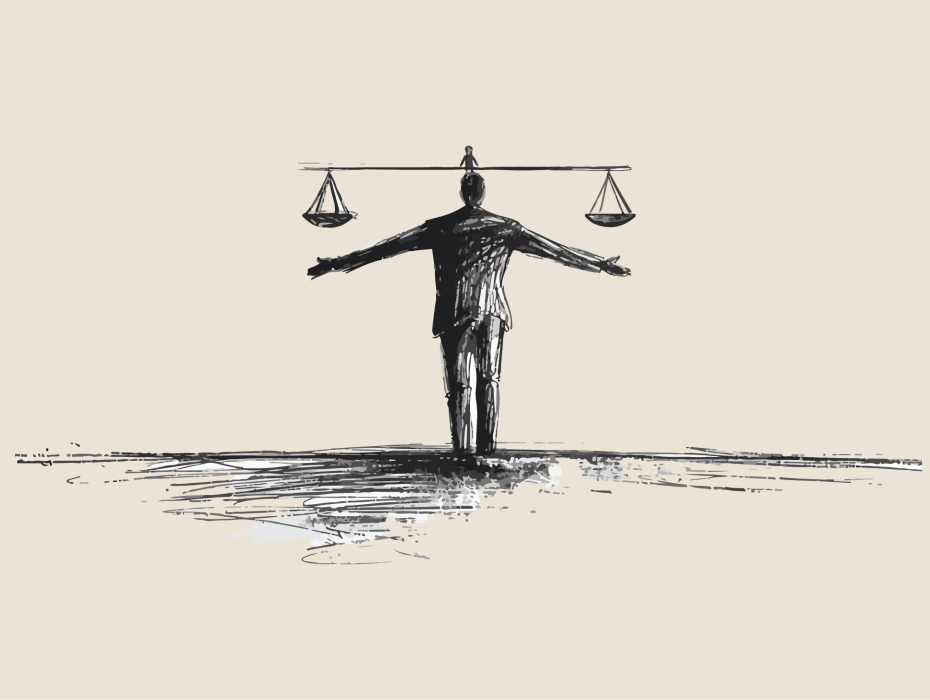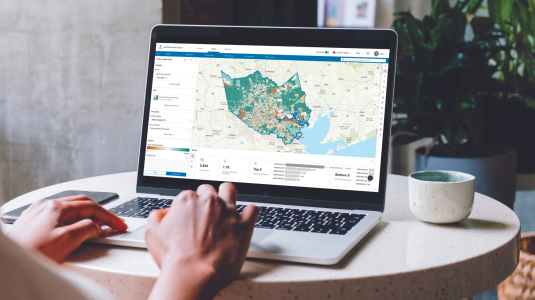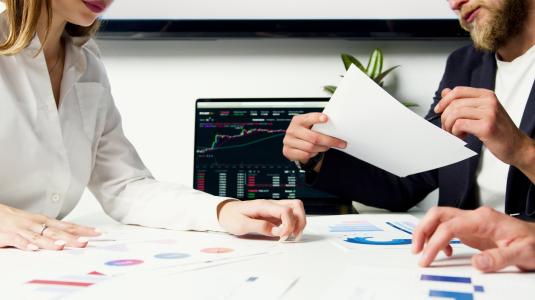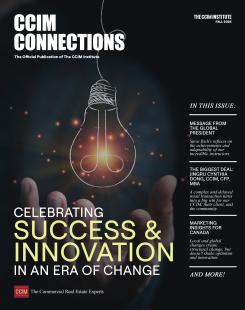CCIM Connections
The Official Publication of The CCIM Institute
Image

Fall 2024
Cover Story
Supreme Court Overturns Chevron Doctrine, Reshaping CRE Regulation
Read ArticleImage

Fall 2025
Shaping the Future Through Learning and Leadership
A Message from Steve Rich, 2025 Global President
Read Article
The Latest Trending Articles
Featured Articles by Issue
Stay Up to Date on All Issues
Intro Text
CCIM Designees are traversing the world to make deals happen.
Hero image

Intro Text
Site To Do Business is commercial real estate's most advanced digital toolkit providing essential data components and marketing tools to give your audience a broader perspective on today's market. By integrating quality online data into a dynamic mapping environment, Site To Do Business provides access to technologies and databases that wins business.
Hero image

Intro Text
Did we get to see you in-person in 2023?
Hero image

Intro Text
Making Deals - Spring 2024


















